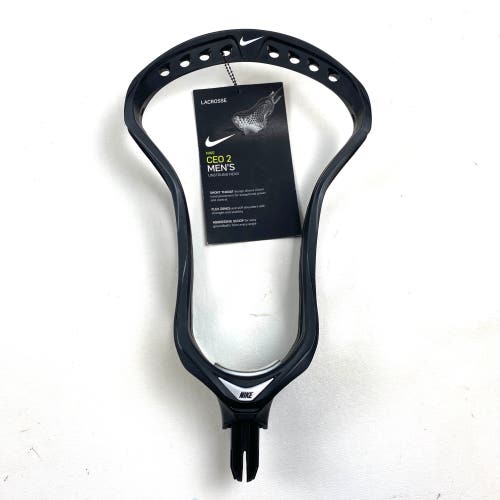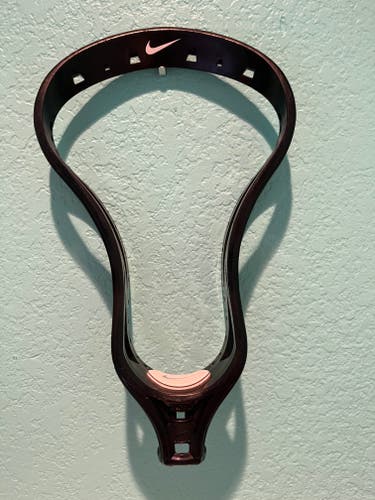Popular Lacrosse Heads
See more Popular Lacrosse Heads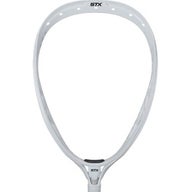
STX Eclipse 2
23 Available

Maverik Tactik 3.0
56 Available

STX Stallion 1K
56 Available

StringKing Mark 2D
11 Available
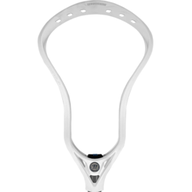
Warrior Evo Qx-O
75 Available

ECD Lacrosse Ion
169 Available

Maverik Optik 3.0
104 Available
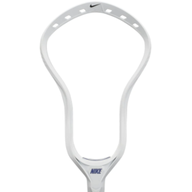
Nike L3
47 Available
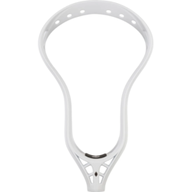
StringKing Mark 2V
86 Available

ECD Lacrosse Mirage 2.0
95 Available
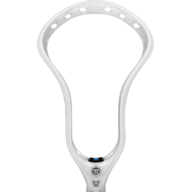
Warrior EVO QX2-O
25 Available
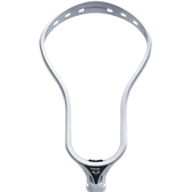
ECD Lacrosse DNA 2.0
48 Available
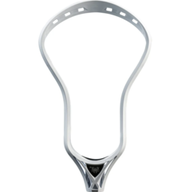
ECD Lacrosse Rebel
81 Available

Maverik Kinetik 2.0
88 Available
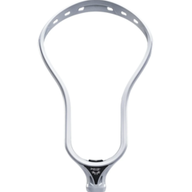
ECD Lacrosse DNA
43 Available

Nike CEO
26 Available

Maverik Tactik 2.0
86 Available

Maverik Kinetik 3.0
54 Available

STX Ultra Power
38 Available
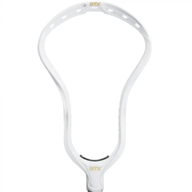
STX Stallion 900
60 Available

STX Duel 3
31 Available

StringKing Mark 2A
72 Available
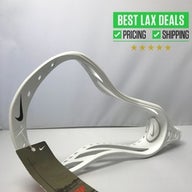
Nike Lakota 2
23 Available

STX Duel 2
29 Available
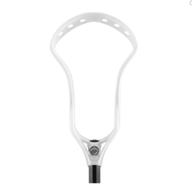
Maverik Kinetik
62 Available

Under Armour Command
81 Available

Warrior Burn 2
15 Available

Warrior Burn FO
27 Available
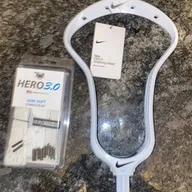
Nike CEO 3
33 Available

STX Stallion
36 Available
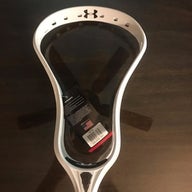
Under Armour Command Low
37 Available
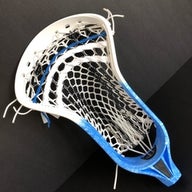
Epoch Z-ONE
40 Available
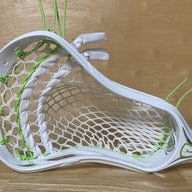
Adrenaline Nomad
17 Available

Maverik Centrik
18 Available

STX Stallion 700
45 Available

Maverik Optik 2.0
39 Available

STX Proton Power
23 Available
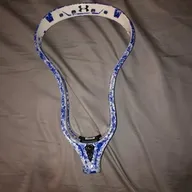
Under Armour Command 2
49 Available

Epoch Integra Z-One
11 Available

STX Super Power
30 Available
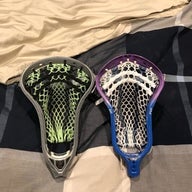
STX Surgeon 700
22 Available
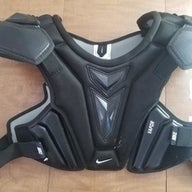
Nike Vapor 2.0
20 Available

Maverik Charger
12 Available
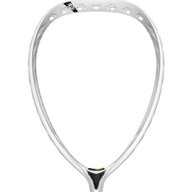
Warrior Nemesis 3
13 Available

STX AV8
23 Available

Warrior Burn
27 Available

STX Stallion Omega
14 Available
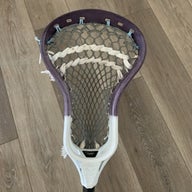
ECD Lacrosse Bravo 1
12 Available

Brine Clutch 2X
11 Available
Shop by Brand
STX Lacrosse HeadsSTXMaverik Lacrosse HeadsMaverikWarrior Lacrosse HeadsWarriorNike Lacrosse HeadsNikeECD Lacrosse HeadsECD LacrosseBrine Lacrosse HeadsBrineEpoch Lacrosse HeadsEpochGait Lacrosse HeadsGaitAdrenaline Lacrosse HeadsAdrenalineHEAD Lacrosse HeadsHEADTrue Lacrosse HeadsTrueTribe7 Lacrosse HeadsTribe7Adidas Lacrosse HeadsAdidasReebok Lacrosse HeadsReebokdeBeer Lacrosse HeadsdeBeerHarrow Lacrosse HeadsHarrowCascade Lacrosse HeadsCascadeEaston Lacrosse HeadsEaston
1,160 Results

GreatLakeSports
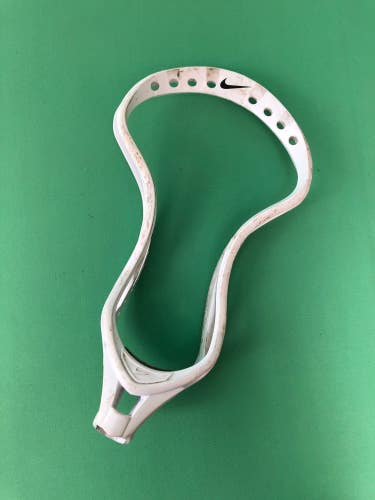
blowout_bargains

Giovinco2

Jack_Tracey

LaxLocker

RangerGregg

FinC
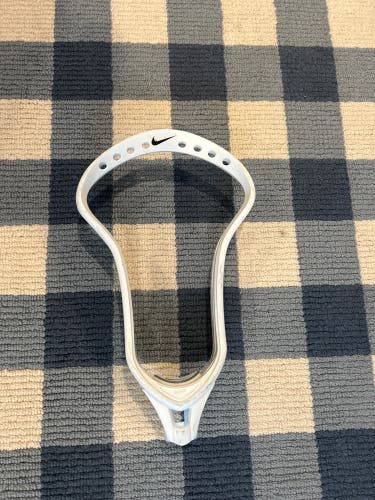
bigsteppa21
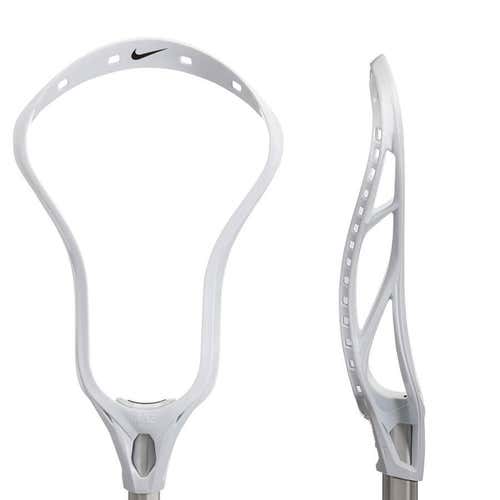
SportsZone
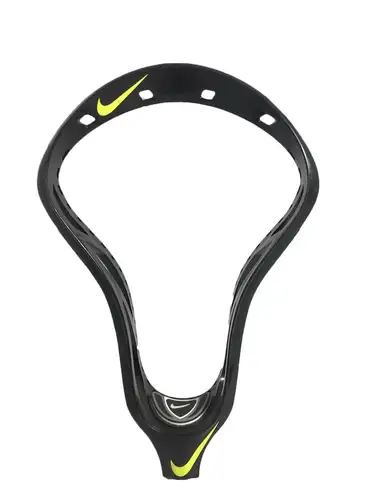
SportsZone

Nickm25
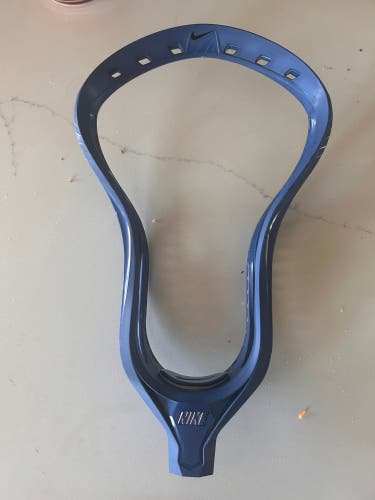
PAYTONSICK

kennymcg14

kennymcg14

GreatLakeSports

Sportstf

Type1Strings
Used Nike Unstrung Lakota Head
$18$2010%

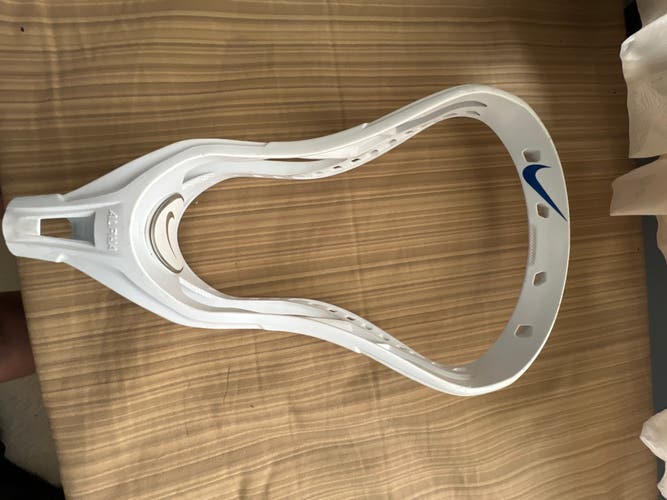
Rjs746
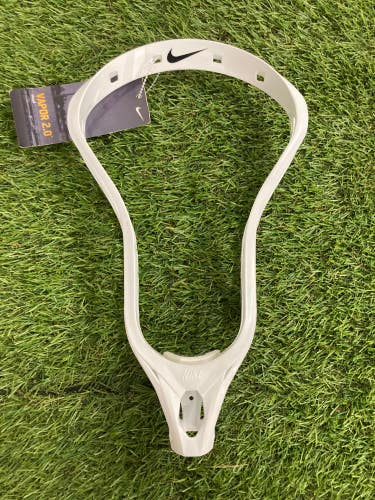
reos

kennymcg14
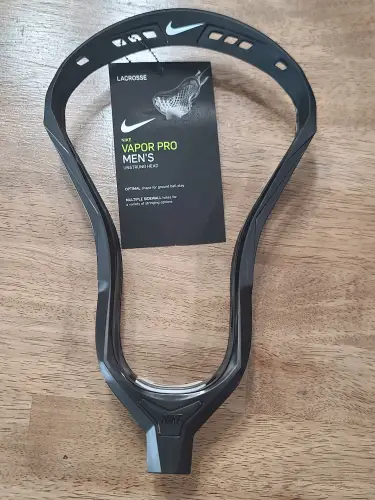
Juggernaut9k

MGussy91

Bayside_Sports
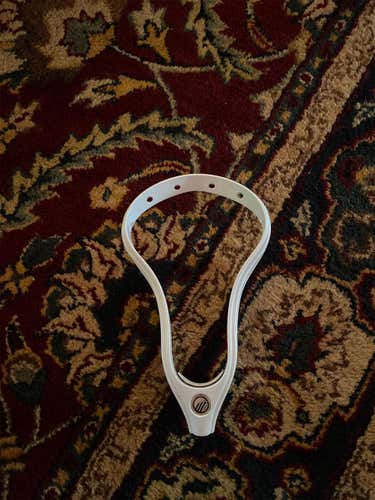
Dcotnoir19
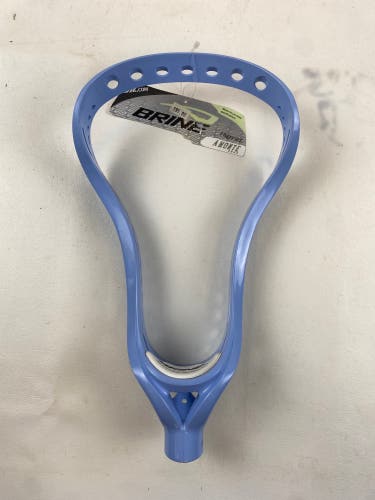
pias
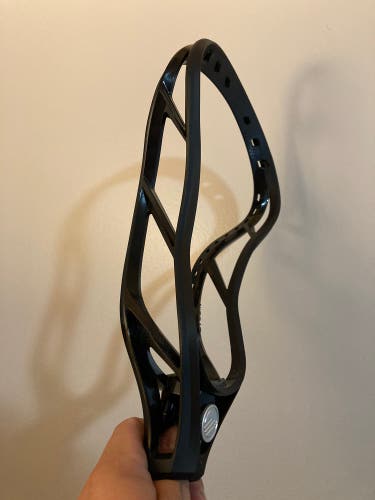
Vinhalsey
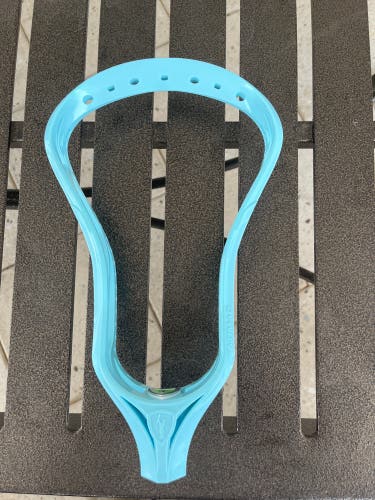
nburdick
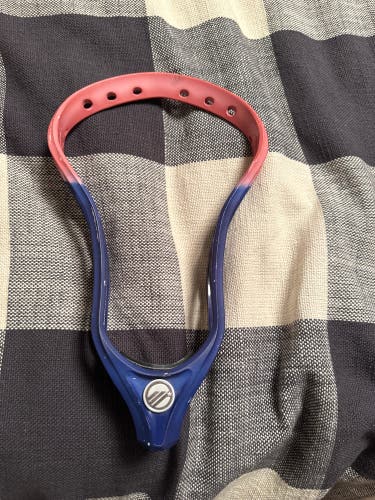
Steezyseller24
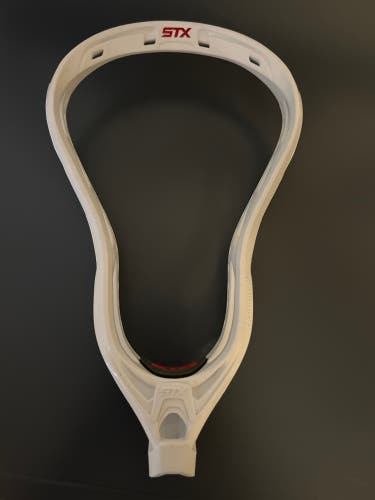
GusGalli13
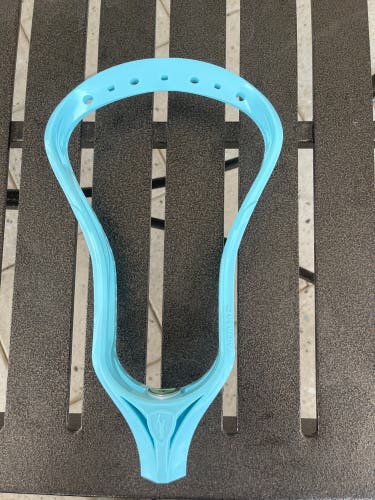
nburdick
